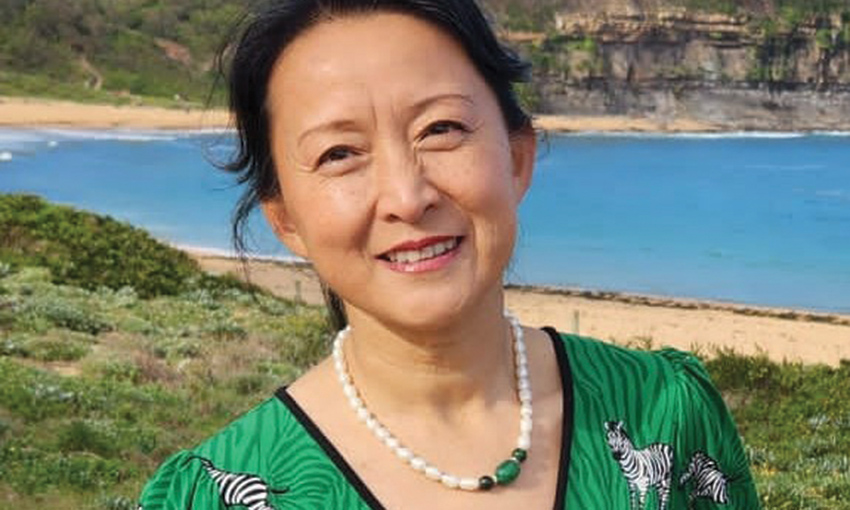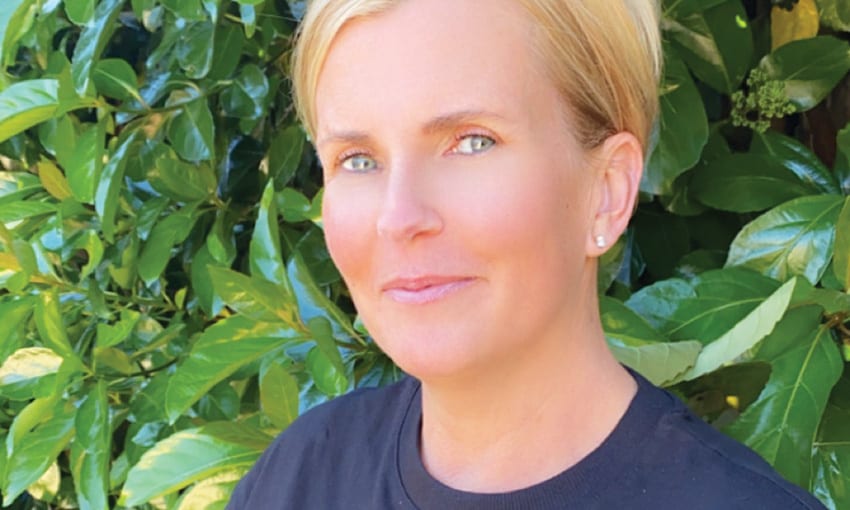How have you enjoyed your recent move from ANL to Kalmar?
I am enjoying not only the change in company, but also the more significant change into a different industry sector. It has been, thus far a refreshing change. Some say a change is as good as a holiday.
Although it could be argued that Kalmar is an OEM supplying (predominantly) the ports, stevedoring companies and intermodal container handling entities, this business is nevertheless a number of steps removed from the container shipping businesses in which I had worked for almost 34 years. Kalmar is a part of a Finnish company, so I am coming up to speed on Finnish culture and business practices.
So how did you first get into shipping?
I am the fifth generation of my family to be involved in the shipping business. I guess I just followed my natural instincts into shipping. My great-great-grandfather, William, was a mariner who immigrated to Australia from Barton-Upon-Humber in England and established a shipping business on the north-west coast of Tasmania in the late 1850s. The company grew through subsequent generations of family involvement, from a Tasmanian coastal shipping operation to offering services across Bass Strait (the White Star Line).
Later, there was diversification into land-based transport, domestic and international freight forwarding, property ownership and management of some islands in Bass Strait (including Robbins Island), as well as founding one of Australia’s first airlines – which later became a partnership called Australian National Airways (ANA) and eventually, Ansett Airlines. Eventually in the late 1970s, the shipping and logistics business known as William Holyman & Sons was sold to TNT. Despite this change in ownership, the family name (and family management of the business) was retained and it was this company that I first joined in the late 1980s. It was a great grounding in the shipping, logistics and ports industries.
Where did you grow up?
After my first eight months living on a ship at South Wharf in Melbourne, my parents returned to Launceston, where I grew up.
Launceston was a safe, family-friendly environment, with great schools and lots of opportunities. It was safe for children, whether out on the streets playing or catching public transport, and our family holidays were generally spent in Tasmania, whether on my grandfather’s farm, at the beach, or – memorably – in my father’s home-built “recreational vehicle” (a converted Ansett Airlines truck). Later my family built a “shack” at the Great Lake in the central Tasmanian highlands.
I was (and still am!) completely sports-mad while growing up, so I spent every moment I could playing whatever was going – football (Australian rules), cricket, basketball, swimming, tennis, athletics and even golf.
How did you become a rugby referee?
I never participated in rugby as a player (except for one game at university for my college, as there weren’t enough rugby players in the college to make up a full team). However, I loved the game I played and thereafter took an active interest in rugby, including during the three years we spent living in Japan in the early 1990s where the sport was probably third in popularity behind sumo and baseball.
In 2004, ANL sent us to London for three years (we stayed for eight) and I said to my three sons that if they wanted to play Australian rules when they returned to Australia, they should not play soccer but rather rugby as the skills are more easily transferred. They did, and through stepping forward when perhaps I should have stepped back, I volunteered to become the referee for my youngest son’s team at Woodford Rugby Club in north-east London. This necessitated doing the referees’ course run by the Rugby Football Union (England), sitting exams and then starting to referee on the pitch. Much to my surprise I absolutely loved it. I am now a part of the Victorian Rugby Referees Association and was recently elected to my second term as association president.
Some of the key attributes of a referees’ performance are skills and characteristics which are directly transferable to the work environment, including empathy; clear and decisive communication; quick decision-making; teamwork and leadership (where there is a team including assistant referees); and – where necessary – executing disciplinary measures.
As with all sports officials, being a referee/umpire also helps you deal with criticism and develop a thicker skin. Of course it helps that in rugby union there is a culture developed from a young age that referees are (largely) sacrosanct. It is reflective of this culture that referees on the pitch are only referred to as “Sir”, not only by the players, but also by coaches, managers and – sometimes – spectators. This led to my favourite sledge by a spectator, who yelled at me from beyond the touchline after a decision: “For f–k sake, Sir!”. I even chuckled at that one.
If you or someone you know would like to be a future subject of The Grill, please email editorial@thedcn.com.au
This article appeared in the April 2019 edition of DCN Magazine





